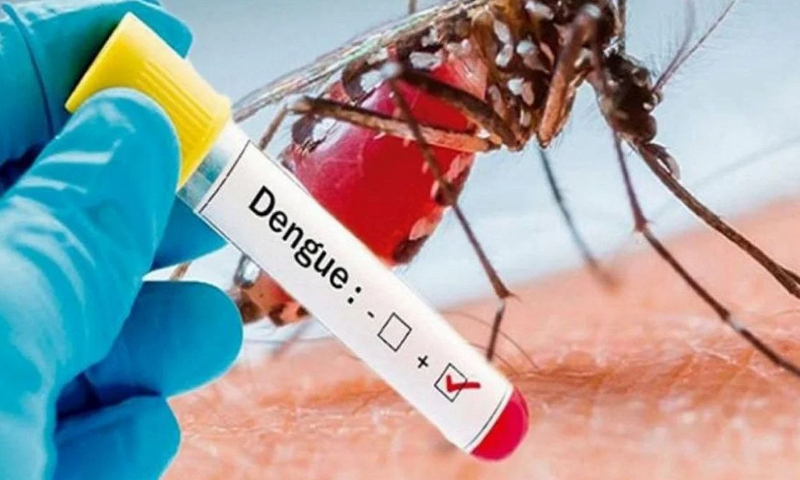Dengue’s Return to Manipur — A Wake-Up Call for Public Health
Short Summary of the News
Manipur health authorities have reported 74 confirmed dengue cases and one death in 2025 as of July 9, marking a concerning mosquito-borne disease surge across the state, especially in urban areas. Imphal West leads with 36 cases, followed by Imphal East with 10, while other districts like Bishnupur and Thoubal each report eight cases. Officials warn that stagnant water in everyday items like tyres and utensils is fueling the outbreak and call on citizens to eliminate breeding grounds to help contain the spread
In‑Depth Article:
1. What’s Going On? Dengue Resurfaces in Manipur
Imagine going about your daily life, only to be reminded that a tiny mosquito could change everything. That’s the situation in Manipur right now. Since January, 74 people have tested positive for dengue, with one unfortunate death. That’s a lot for a relatively small state—and a stark reminder that dengue, once seen as a seasonal visitor, is becoming more persistent.
2. The Breakdown: Where Are Cases Rising?
Here’s the district-by-district scoop:
- Imphal West: 36 cases
- Imphal East: 10
- Bishnupur & Thoubal: 8 each
- Minor numbers in Chandel, Tengnoupal, Churachandpur, Senapati, Tamenglong, Kakching, Ukhrul, Kamjong
That’s a broad spread—Urban centres are hotspots, but rural pockets are showing up too. Dengue’s not picky, so neither should our prevention.
3. The Bigger Picture: How Bad Was Last Year?
Let’s rewind to 2024: Manipur recorded over 2,022 dengue cases and five deaths, with Imphal West particularly affected. That’s a dramatic rise from about 503 cases in 2022 The spike tells a clear story: this isn’t just a year-to-year quirk. Dengue is getting bolder and hungrier.
4. Beyond the Numbers: Why Dengue Is Here to Stay
Medicine’s answer? Changes in climate and human habits. Dengue vectors—Aedes aegypti mosquitoes—love stagnant water. And guess what? Stagnation is all around us:
- Discarded tyres and vessels
- Flower pots and water storage
- Even open drains in busy areas
Health officials warn that rising temperatures extend mosquito breeding cycles—and dengue no longer hits only in monsoon peaks. Cases are creeping in all year long
5. Health Warnings: Who’s at Risk?
Most people recover after a few weeks, but dengue can turn serious—flu-like symptoms can escalate to “dengue hemorrhagic fever,” causing bleeding, plasma leakage, and low platelet counts. Kids, elderly folks, pregnant women, and those with pre-existing conditions have to be extra careful .
6. Official Action: What’s Already Being Done
- Fogging operations in Imphal West after diagnosis
- Public health advisories: “Clean, cover, check, eliminate water”—the standard mantra
- National Vector Borne Disease Control efforts underscore wastage removal and container coverage
Final Thoughts
Dengue in Manipur is rising—and not just in case counts. It’s a chill in the spine that says: “we’re vulnerable.” But it’s also a spark of action: an opportunity to do things differently. From individual clean habits to systemic civic interventions, this is a turning point. Let’s not let dengue one-up us—let’s shut the taps, not just the doors.
FAQs
1. Is dengue seasonal in Manipur?
Not anymore. Cases now span across the year, not just monsoon months
2. What symptoms should alert me to dengue?
High fever, severe headache, joint/muscle pain, rashes, bleeding, and sudden rash (rash is less common but a red flag).
3. Can dengue be treated at home?
For mild cases, yes—plenty of fluids, rest, and fever control. Seek hospital care if warning signs like bleeding or breathing trouble appear.
4. How long does it take to recover?
Most feel better in 1–2 weeks. Severe cases can take longer; medical supervision matters.
5. Can we eliminate dengue completely?
Maybe not overnight—but by removing breeding sites, enhancing public awareness, and supporting healthcare, we can drastically cut cases.



